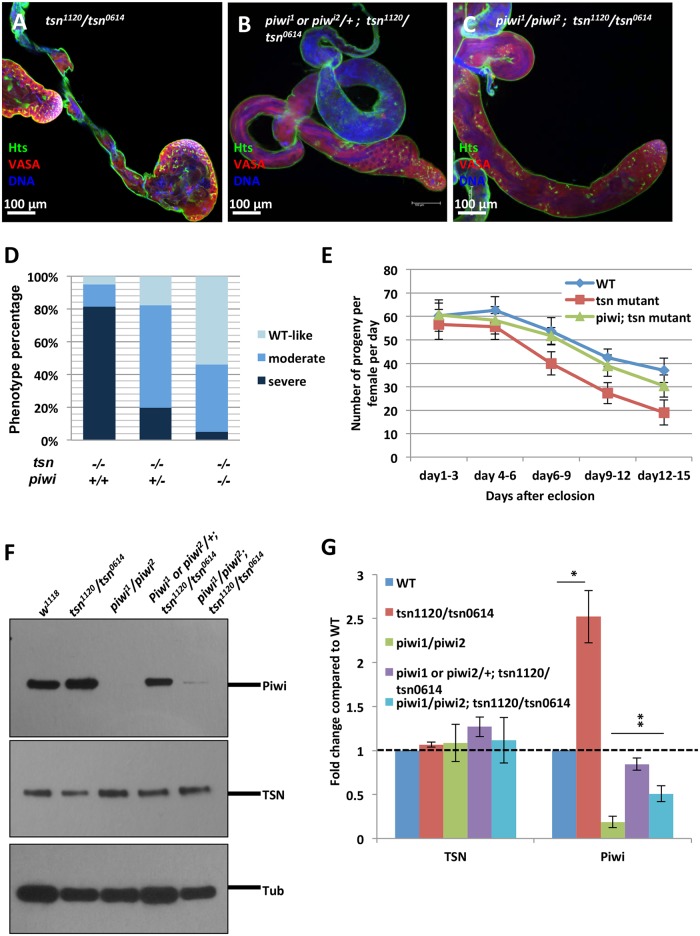Fig 5. TSN antagonizes Piwi during spermatogenesis.
(A-C) Immunostaining of Hts (green) and VASA (red) in testes from tsn mutants, and piwi and tsn double mutants. The defects of tsn mutant testes were rescued by piwi mutations in a dosage-dependent manner. (D) Quantification of the results in A-C. The phenotype is categorized into three classes: WT-like (as shown in C), moderate (as shown in B), and severe (as shown in A) phenotype. In tsn1120/tsn0614 mutant testes, only 5% of the testes displayed WT-like phenotype, 14% of the testes revealed moderate phenotype, and 81% of the testes showed severe phenotype. However, introducing one copy of piwi1 resulted in 18% and 63% of the testes showing WT-like and moderate phenotype, respectively. Introducing piwi1/piwi2 led to 54% and 41% of the testes showing WT-like and moderate phenotype, respectively. (N≧50 for each of the genotypes) (E) Fertility assay of piwi and tsn double mutant males. The reduced fertility of tsn mutant males (red line) was restored by introducing piwi mutations to the tsn mutant background (green line). The fertility of WT males is shown as the blue line. (F) Western blot analysis of Piwi expression level in piwi mutant, tsn mutant, and piwi and tsn double mutant testes. Piwi protein level was upregulated in tsn mutant testes, suggesting a negative regulation of TSN on Piwi expression. (G) qRT-PCR of Piwi and TSN in piwi mutant, tsn mutant, and piwi and tsn double mutant testes. Piwi mRNA level was upregulated in tsn mutant testes, indicating TSN negatively regulates Piwi expression at the mRNA level. Error bars represent mean ± standard error of the mean (N ≧ 3). **P<0.01.

